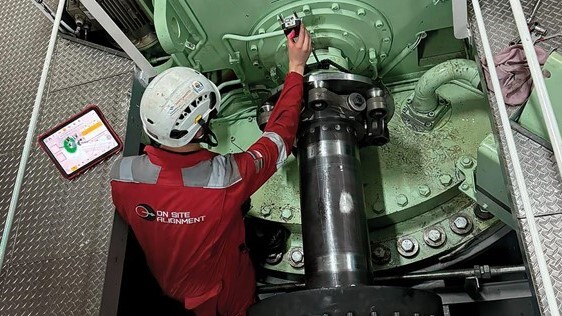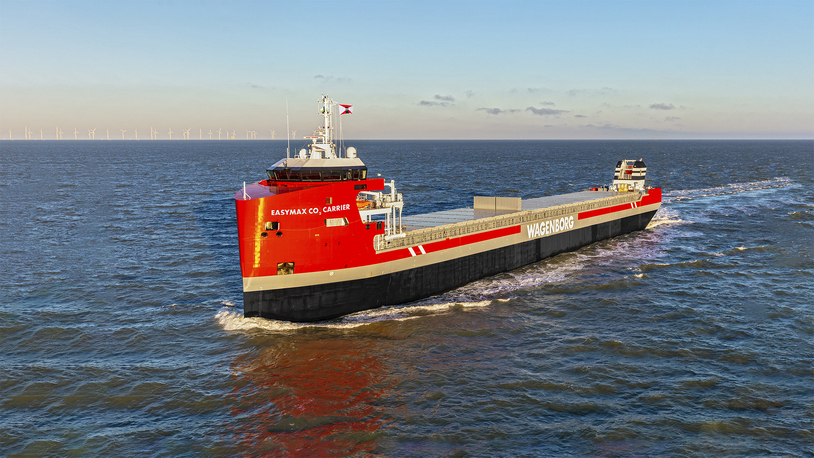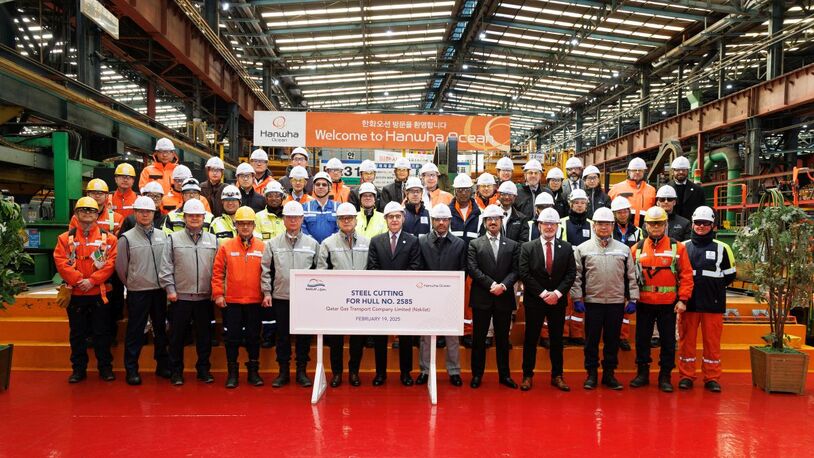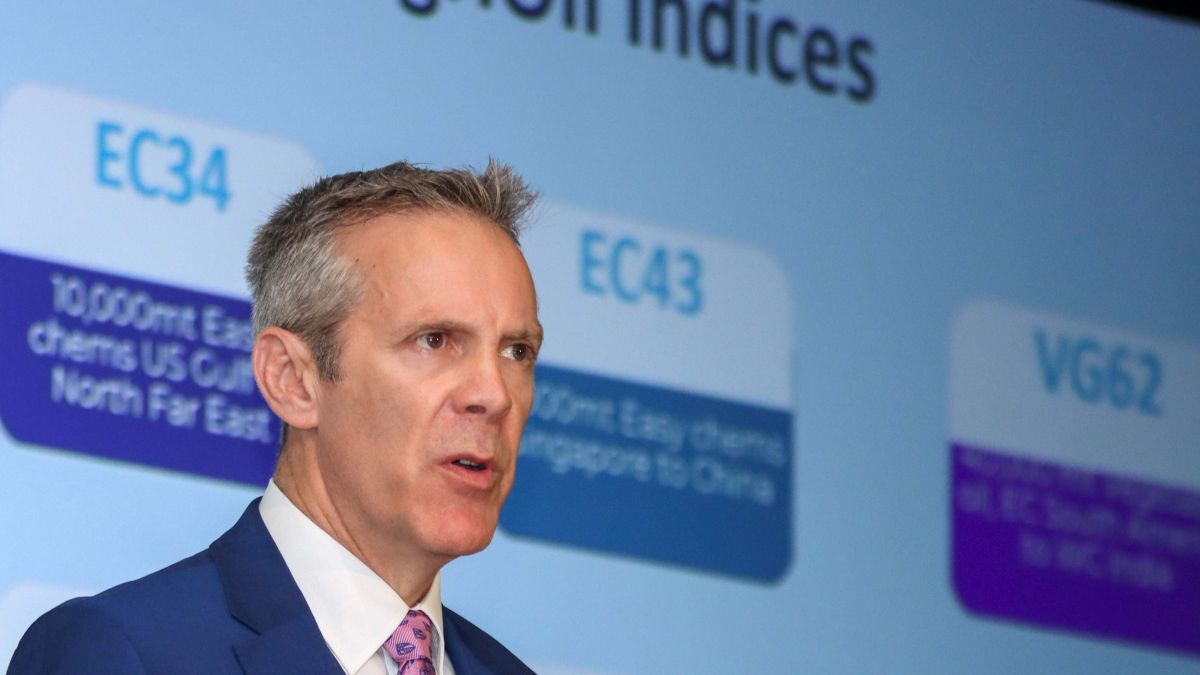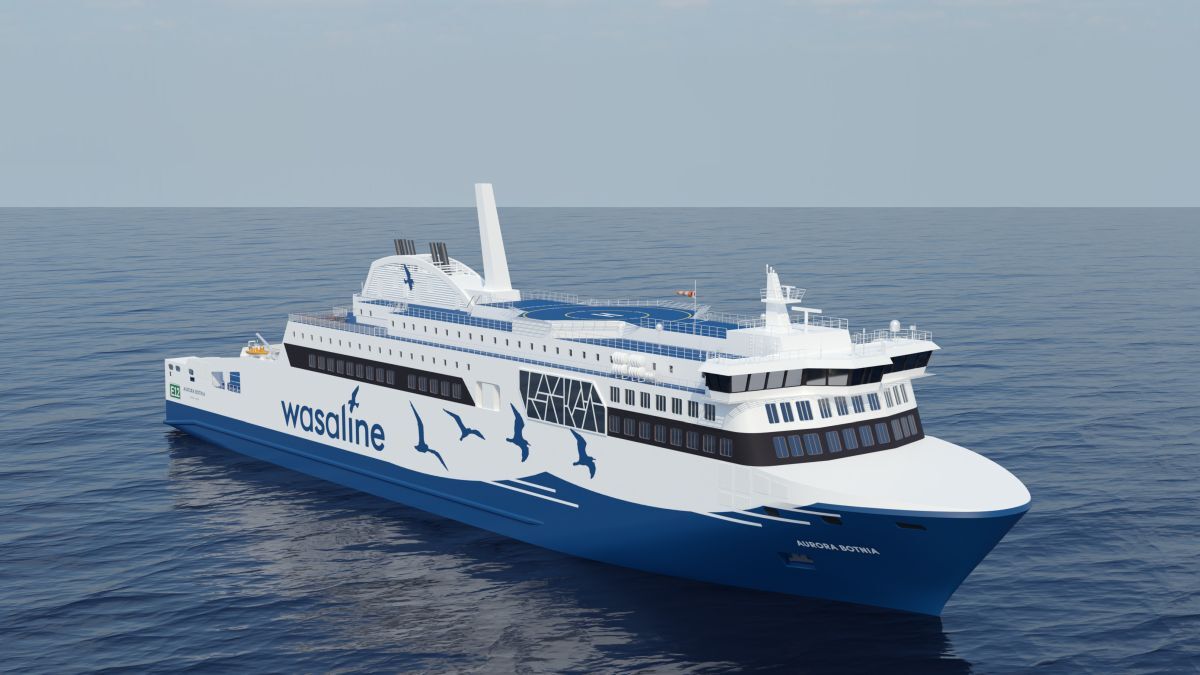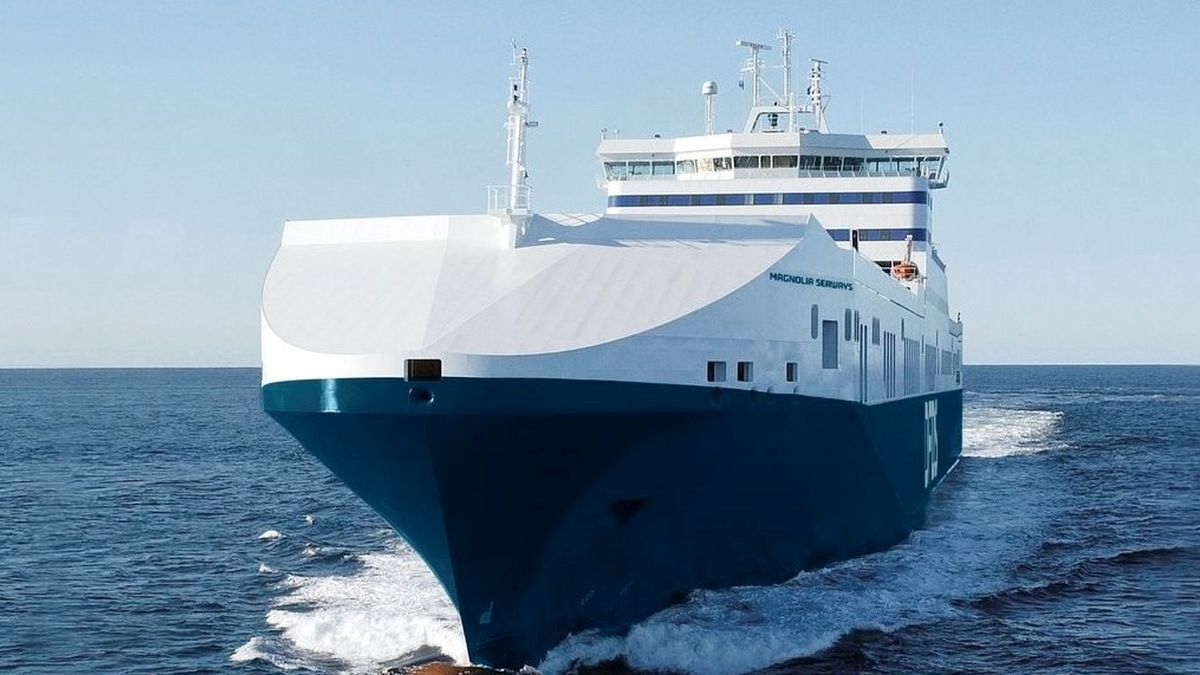Business Sectors
Events
Contents

Technology unveiled for cleaner and optimised propulsion
Caterpillar revealed advanced variable drives, multi-engine optimiser and new engines that meet US Tier 4 and IMO III emission standards in Q4 2017
Caterpillar Marine has developed variable drives for hybrid propulsion, a multi-engine optimising (MEO) tool and new engines for workboats with selective catalyst reduction (SCR) after-treatment technology.
It has developed an advanced variable drive (AVD) as a patented device that optimises engine performance and can be used with a fully integrated hydro-mechanical propulsion system.
Caterpillar is working in collaboration with Sanmar Shipyards in Istanbul, Turkey, to build an innovative tugboat with a hydraulic hybrid propulsion system that includes AVD and other Caterpillar engines and thrusters.
AVD incorporates a planetary gear set that enables seamless clutch engagement of either main engines, auxiliary engines or both. It can be scaled for power installations across a range of maximum vessel speeds, powers and bollard pulls.
Caterpillar Marine product definition engineer Nathan Kelly explained its benefits at the International Workboat Show in New Orleans in November 2017. He said that AVD allows propellers to rotate at speeds that are independent of engine speed “so optimal engine efficiency can be achieved leading to fuel savings of 15%-20%.” This gives “all the benefits of a variable speed diesel-electric propulsion system at a fraction of the cost and size,” he added.
Because AVD can accommodate multiple configurations, auxiliary engines or electric motors can be used for low-load and transit operations, reducing the use of a tug’s main engines. For more powerful operations, auxiliary engines can provide supplementary power via the AVD, allowing designers to reduce the size of main engines and incorporate more redundancy into tug propulsion.
Sanmar has developed a hydraulic hybrid tug using a Robert Allan RAmparts 2400SX harbour tug design and Caterpillar systems. These include CAT 3512 main engines, a C32 auxiliary engine, Caterpillar MTA 627 fixed pitch thrusters and an AVD system.
Multi-engine systems can be optimised using Caterpillar’s new MEO tool. This was introduced in November 2017 at the Europort exhibition in Rotterdam, the Netherlands. MEO is loaded with optimised test data that is used to operate a vessel’s various engines in combination to achieve their optimum performance.
MEO uses proprietary performance data and patented control algorithms to provide intelligence to advise power-management systems on which engines to operate, said Caterpillar Marine product manager Dra Wiersema. It enables the use of dynamic asymmetric loads to drive a combination of engines and loads to create the lowest possible fuel consumption.
“MEO allows users to use variable-speed and constant-speed generators on a single bus”
“MEO allows users to use variable-speed and constant-speed generators on a single bus,” he told Tug Technology & Business. “This means that they can leverage the low-load advantages of variable speed with the high-load advantages of constant speed.” The MEO’s simulation tool then allows operators to view the fuel consumption of any combination of power sources.
The system has been tested on a number of vessels and has shown fuel economy savings of between 5% and more than 15%, said Mr Wiersema, depending on the engineroom configuration and vessel load profile.
By mixing and matching engines and independent load points, he said that MEO allows engines to provide power at their most efficient point. MEO would be most useful for vessels that work with significantly differentiated load characteristics, such as tugs.
It can also be used as a design tool. By using an estimate of a proposed vessel’s load profile, MEO can help to design an engineroom that best meets the end user’s requirements.
In January 2018, Caterpillar opened its orderbook for C32 marine propulsion engines, which meet the US’ Environmental Protection Agency’s Tier 4 and IMO III emission standards. These engines feature SCR after-treatment technology with closed loop NOx sensing and applications that optimise their performance.
These engines are available with ratings from 750 kW at 1,600-1,800 rpm to 1,080 kW at 2,050-2,150 rpm. They have an optimised turbocharged air system that provides increased back pressure and enables designers to reduce the size of SCRs.
Related to this Story
Events
Maritime Environmental Protection Webinar Week
The illusion of safety: what we're getting wrong about crews, tech, and fatigue
Responsible Ship Recycling Forum 2025
© 2024 Riviera Maritime Media Ltd.

